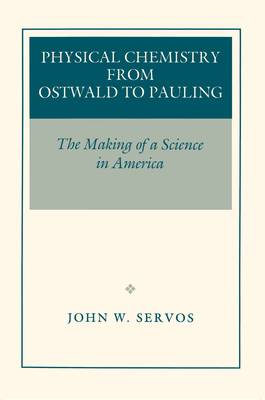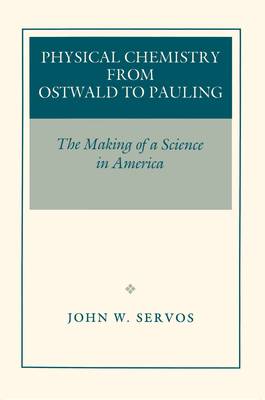
- Retrait gratuit dans votre magasin Club
- 7.000.000 titres dans notre catalogue
- Payer en toute sécurité
- Toujours un magasin près de chez vous
- Retrait gratuit dans votre magasin Club
- 7.000.0000 titres dans notre catalogue
- Payer en toute sécurité
- Toujours un magasin près de chez vous
Physical Chemistry from Ostwald to Pauling
The Making of a Science in America
John W ServosDescription
John Servos explains the emergence of physical chemistry in America by presenting a series of lively portraits of such pivotal figures as Wilhelm Ostwald, A. A. Noyes, G. N. Lewis, and Linus Pauling, and of key institutions, including MIT, the University of California at Berkeley, and Caltech. In the early twentieth century, physical chemistry was a new hybrid science, the molecular biology of its time. The names of its progenitors were familiar to everyone who was scientifically literate; studies of aqueous solutions and of chemical thermodynamics had transformed scientific knowledge of chemical affinity. By exploring the relationship of the discipline to industry and to other sciences, and by tracing the research of its leading American practitioners, Servos shows how physical chemistry was eclipsed by its own offspring--specialties like quantum chemistry.
Spécifications
Parties prenantes
- Auteur(s) :
- Editeur:
Contenu
- Nombre de pages :
- 430
- Langue:
- Anglais
Caractéristiques
- EAN:
- 9780691026145
- Date de parution :
- 07-04-96
- Format:
- Livre broché
- Format numérique:
- Trade paperback (VS)
- Dimensions :
- 154 mm x 234 mm
- Poids :
- 594 g

Les avis
Nous publions uniquement les avis qui respectent les conditions requises. Consultez nos conditions pour les avis.






